By_shalini oraon

_ the subject, exploring the layers and implications of this shocking development.
—
Big ‘Toilet Cleaner’ Twist in Delhi Acid Attack Case, Father of ‘Victim’ Held
The narrative was horrifying, yet tragically familiar. A young woman in Delhi, her face and dreams seemingly dissolved in a vial of hatred, becomes another statistic in India’s long-standing battle with acid violence. The public outcry was immediate, the demand for justice swift. But in a stunning reversal that has since unraveled a complex web of deceit, the very foundation of the case has crumbled. The “acid” was, in fact, toilet cleaner, and the alleged mastermind is not a spurned lover or a stalker, but the victim’s own father. This “big twist” is more than a mere plot point in a criminal investigation; it is a profound commentary on societal pressures, the criminal justice system, and the very nature of truth in the digital age.
The Initial Story: A Familiar Tale of Horror
The case first came to light when a 17-year-old girl was admitted to a hospital in Delhi with significant chemical burns on her face. The initial narrative, reportedly built on her statement, was that she was attacked by two men on a motorcycle who threw acid at her. The motive, as is often the case in such horrific crimes, was presumed to be rooted in revenge or rejection. The story tapped into a deep-seated and justified public fear. Acid attacks are uniquely brutal, intended not just to kill but to disfigure, to erase identity, and to inflict a lifetime of trauma. The news sparked the predictable cycle of outrage: headlines decrying the plight of women in India, demands for stricter acid sale laws, and calls for the swift arrest of the perpetrators.
The Unraveling: From Acid to a Calculated Deception
The first crack in the story appeared forensically. The chemical substance recovered from the scene and the victim’s clothes was analyzed and found not to be acid, but a commercial toilet cleaner. While still a corrosive substance capable of causing burns, this finding immediately shifted the nature of the incident. Toilet cleaner is a readily available household item, not a clandestinely procured acid, changing the premeditation calculus.
This forensic clue prompted investigators to dig deeper, leading them to the girl’s father. Under questioning, the official narrative collapsed. The police now allege that the entire attack was staged. The father, along with his daughter and a relative, is accused of orchestrating the fake assault. The motive, as reported by the police, is even more shocking than the initial crime: they allegedly planned the hoax to frame innocent individuals in a property dispute.
This revelation transforms the case from a straightforward act of gender-based violence into a convoluted saga of familial conspiracy and alleged fraud. The “victim” is now an accused, and the “grieving father” the alleged architect of a scheme that exploited one of society’s most sensitive nerves.
The Ripple Effects: Erosion of Trust and the Boy Who Cried Wolf
The implications of this twist are devastating on multiple levels.
1. The Betrayal of Genuine Survivors: This is the most damaging consequence. Acid attack survivors fight a lifelong battle—not just with their physical scars, but with societal stigma, mental anguish, and a legal system that has often failed them. Hoaxes like this one pour salt on their wounds. They provide ammunition to those who would seek to dismiss or doubt future victims. Every genuine survivor who comes forward may now face an added layer of skepticism, a silent, accusatory question: “Is this real?” The case risks creating a “boy who cried wolf” scenario, where public sympathy, a crucial resource for survivors, is diminished.
2. The Strain on Law and Order: The Delhi Police, often under scrutiny for their handling of crimes against women, initially acted on the premise of a severe violent crime. Countless man-hours and significant financial resources were diverted to investigate a crime that, according to new allegations, never happened. This not only wastes precious public resources but also diverts attention from investigating actual, urgent crimes. It represents a profound manipulation of the justice system, using its machinery as a weapon in a personal vendetta.
3. The Media’s Rush to Judgment: The case is a stark reminder of the perils of trial by media. In the race for breaking news and sensational headlines, the initial, unverified narrative was amplified across platforms. While the media plays a crucial role in highlighting social issues, this incident exposes a lack of due diligence and a tendency to fit complex events into pre-existing, simplified narratives. The swift pivot from “brave acid attack survivor” to “master manipulator” is jarring and reflects poorly on responsible journalism.
The Deeper Questions: What Drives Such Desperation?
While the alleged actions of the father and daughter are condemnable and must face legal scrutiny, they also force us to ask a difficult question: what level of desperation leads a family to stage such a brutal, self-inflicted harm?
The reported motive—a property dispute—suggests a deep-seated lack of faith in the legal system. If the police allegations are true, the family believed that faking a high-profile, emotionally charged crime was a more effective way to settle their grievance than through civil courts or proper legal channels. This points to a broader crisis of confidence in institutional mechanisms for resolving disputes. The willingness of a young woman to endure physical pain and permanent scarring as part of a scheme speaks volumes about the perceived potency of the “victim” card in today’s society.
A Sobering Conclusion: Truth is Stranger and More Complex Than Fiction
The Delhi “acid attack” case, with its toilet cleaner twist, is a cautionary tale for our times. It warns against the rush to judgment, the dangers of simplistic narratives, and the fragility of public trust. It reminds us that the pursuit of justice requires not just empathy for the victim, but an unwavering commitment to evidence and truth, no matter how inconvenient that truth may be.
For the genuine survivors of acid attacks and other forms of gender-based violence, this case is a setback. Their path to justice was already steep; now, it has been made steeper by an act of profound cynicism. The ultimate challenge for society, the media, and the legal system will be to ensure that this one case of deception does not harden hearts against the countless real victims who continue to suffer in silence, waiting to be heard and believed. The twist has been revealed, but the final chapter—one of legal accountability and societal reflection—is yet to be written.
Discover more from AMERICA NEWS WORLD
Subscribe to get the latest posts sent to your email.

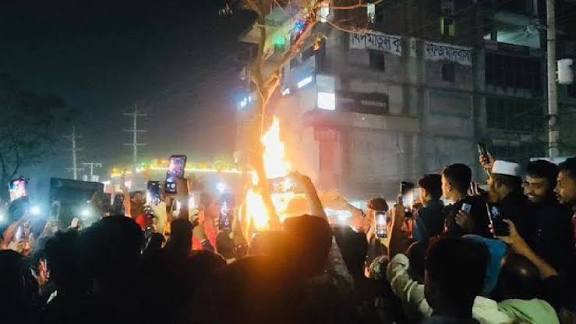






















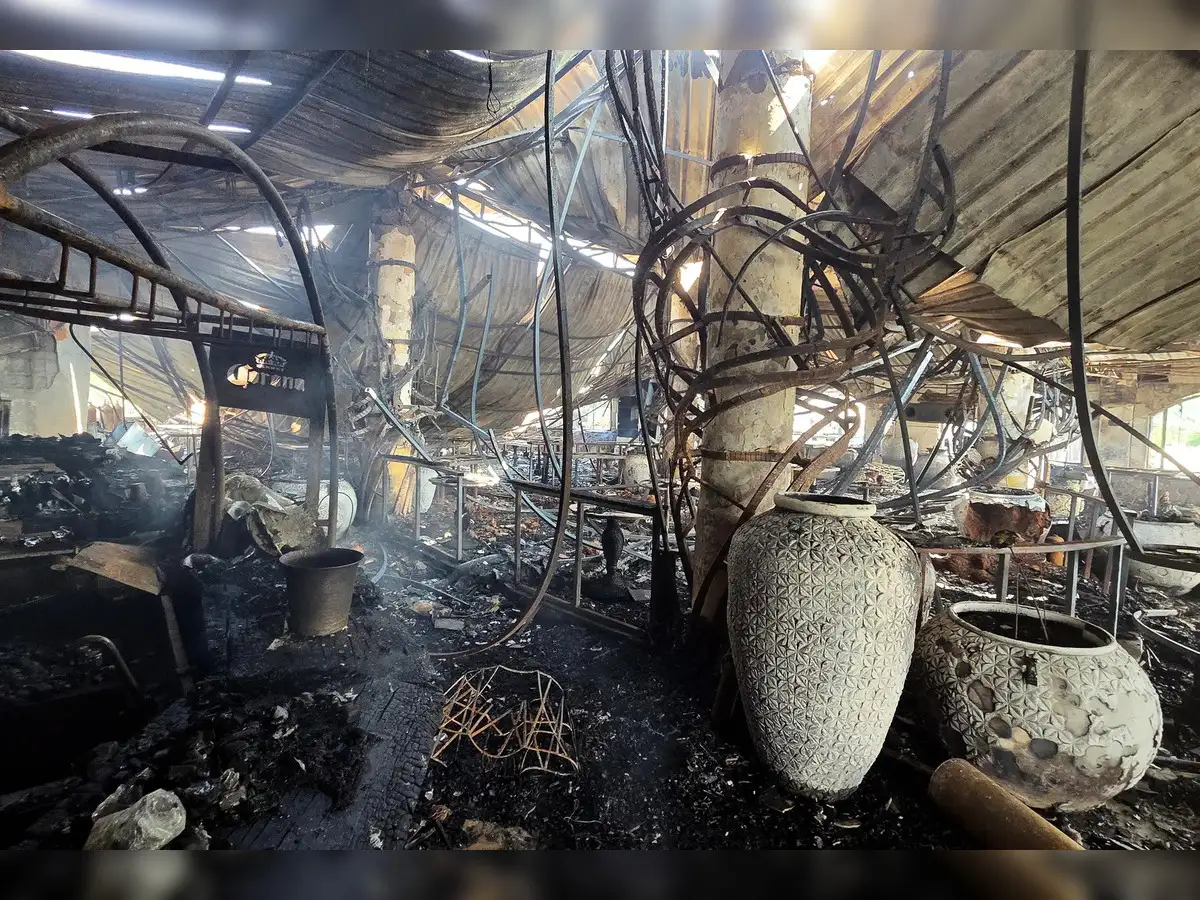






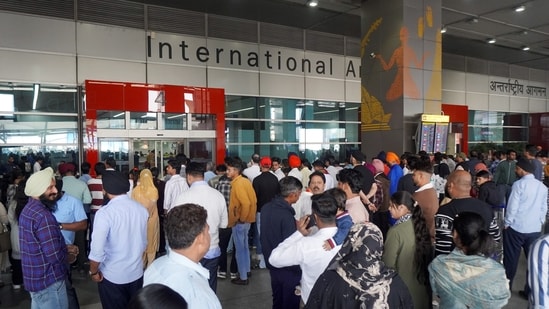



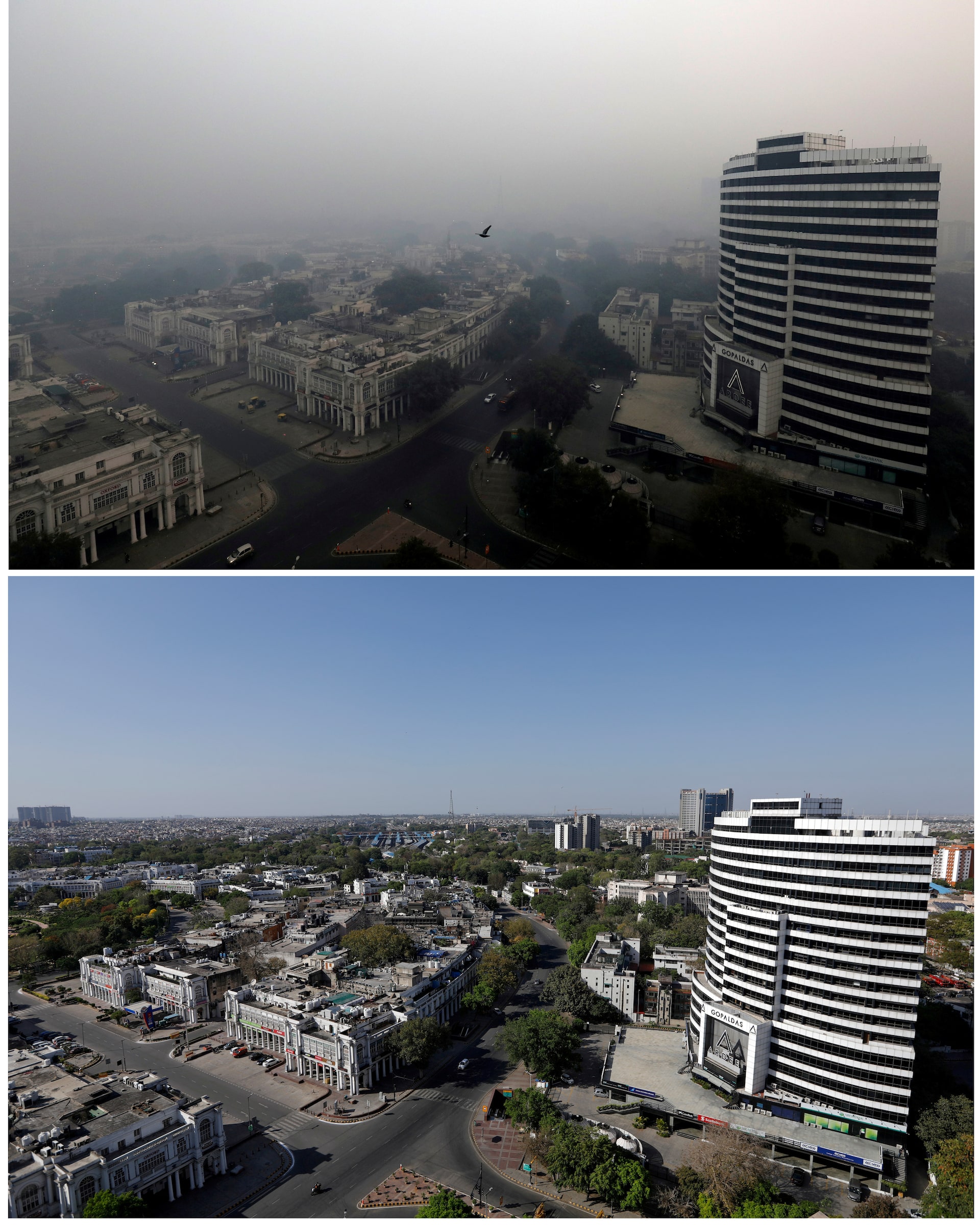

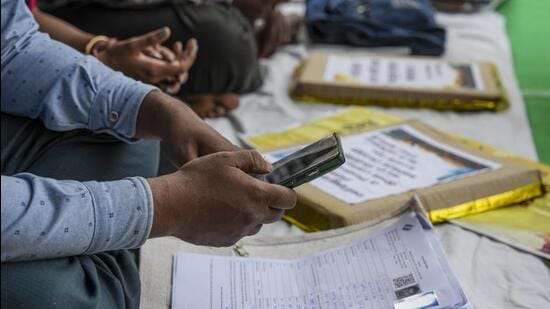



Leave a Reply